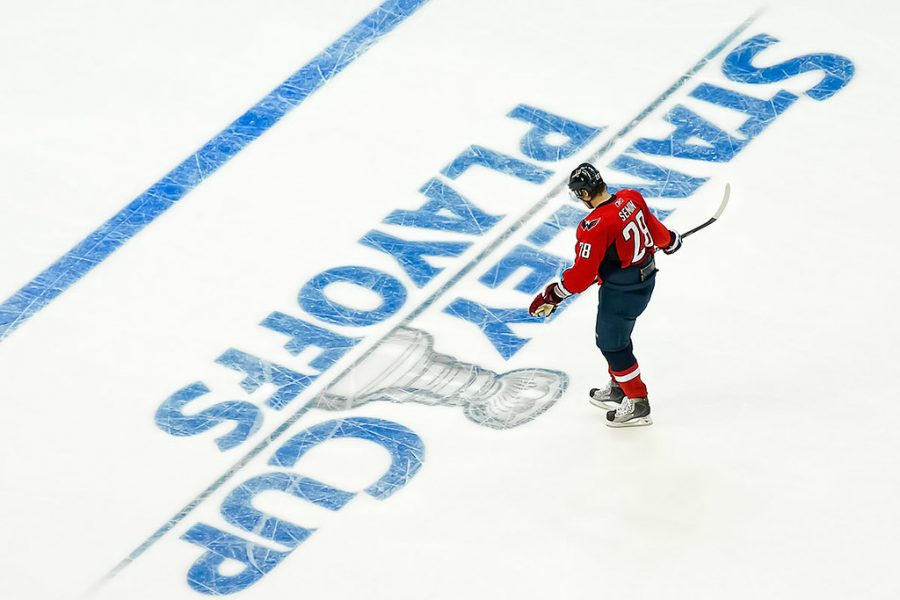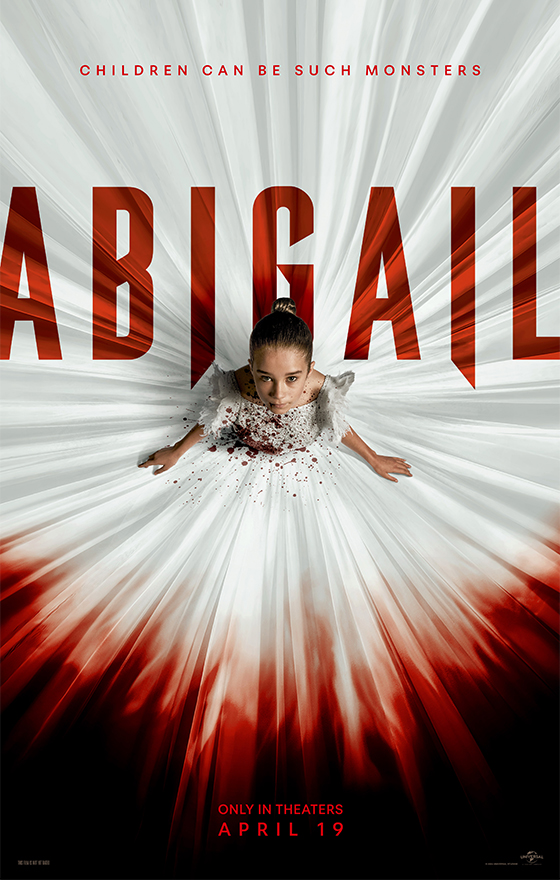Guest Opinion: Utah’s Role in School-to-Prison Pipeline
December 20, 2022
Utah schools are disciplining students of color at disproportionately high rates compared to white students. During the 2020-21 school year, only 2.8% of white students were involved in an incident report. Comparatively, 5.5% of Black students, 5.3% of Native American students and 4.8% of Hispanic students were reported to be involved in an incident. Of those involved in an incident, 39.3% were disciplined. Sixty-two percent of these disciplines were out-of-school suspensions, 38% were in-school suspensions and 0.2% were expulsions.
This trend was reported during the 2013-14 school year as well. Reports indicated that 2.6% of white students received a form of discipline in contrast to 5.8% of students of color. These numbers are extremely disproportionate to the number of students of color who made up student populations in Utah. White students made up 76% of the student body, Hispanic students made up 16% and all other students of color made up only 5% of the student body. In other words, significantly more students of color received disciplinary action than were represented in the total population.
This lends the question: Why are students of color being reported as involved in incidents and receiving discipline at far higher rates than their white peers, and why is this problematic?
Since the landmark case Brown v. Board of Education ruled that segregation in public schools was unconstitutional, overt racism and segregation in schools has been illegal. Unfortunately, racism in schools has not disappeared, contrary to what many people choose to believe. If anything, racism has simply gone undercover. Racial biasing, whether conscious or unconscious, still runs rampant in the school system. This results in students of color being targeted by teachers, administrators and police more often and at disproportionate rates to their white peers. Studies have shown that Black students are punished more harshly than white students for similar infractions, and on a national level, Black students are four times more likely to be suspended than white students.
This is problematic because students who receive disciplinary actions like suspensions are more likely to drop out of school and face economic disadvantages. During the 2013-14 school year, students of color were 2.2 times as likely to be suspended than white students in the state of Utah. In 2013, students of color made up only 24% of the student body, but accounted for 40% of expulsions in the state. Students who receive disciplinary action, such as suspensions or expulsions, are more likely to end up in the juvenile or criminal justice system. These trends, which are seen nationally, begin as early as preschool.
This is known as the preschool-to-prison pipeline. The stark reality that students of color are disproportionately receiving disciplinary actions, and therefore being funneled out of schools and into the juvenile and criminal justice system, is evidence for current racism and a new form of legal segregation in schools.
Utah needs to take action. Although the number of incident reports and disciplinary actions has dropped since the 2013-14 school year, they are still disproportionately higher for students of color. Wins cannot be celebrated in our state for these dropping numbers until there is no disparity between white students and students of color. Until Utah officials enact legislation to protect vulnerable groups such as students of color, Utah will be continuing to enact Jim Crow Era racism and segregation in schools.
— Emily Ladd, Graduate Student in the College of Social Work
The Daily Utah Chronicle publishes guest op-eds written by faculty, elected officials and other members of the public on topics relevant to students at the University of Utah. The Chronicle welcomes guest op-ed pitches here.








Albert J Cramer • Dec 24, 2022 at 3:40 pm
Attorneys need to be held criminally liable when they lie to a judge or withhold evidence. At this time attorneys are not under oath and are not criminally charged if they lie to a judge. They use their position of authority to paint an image of an accused person (often a minority or poor person) in a way to get a false conviction. Attorneys need to be held criminally accountable when they lie or withhold evidence especially when it harms minorities or the poor.
Robert Richmond • Dec 21, 2022 at 9:31 pm
I think any decent person wants “fairness”. This article presents facts and/or situations that are disturbing. Yet, I find the accurate information, while valuable, does not support the conclusion stated in the final sentence. Any solution is going to have to come with broader education, understanding, and help earlier for, and from, everyone.